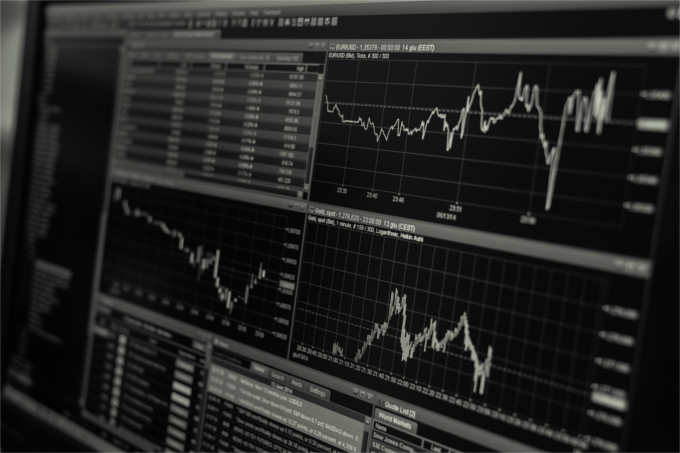One of my colleagues developed a U.S. corn farm price model for the spring issue of Sorghum Grower. While the results held few surprises, they did make us look at a few things differently. First, commodities really do move together. This wasn’t a new concept to either of us, but the degree to which it has been occurring was lost on us until we studied the model.
Almost 83% of the variance in the farm price of corn can be explained by the price of gold. This doesn’t mean the futures markets of corn and gold move up and down together on a daily basis (so don’t stop watching the corn market). It means the annual price of corn is highly dependent on the global commodity complex, for which gold is a great proxy.
Surprisingly, only about 25% of corn’s price variance can be explained by the U.S. stocks-to-use ratio, and just less than 42% can be explained by the U.S. corn supply. The international corn stocks-to-use ratio is slightly more useful, explaining half the variance, but the implication is clear: The price U.S. producers receive for their corn is tied more to global commodity price action than it is to corn production.
So, U.S. farmers are price-takers. Again, this is nothing new. We heard it around the kitchen table when we were kids. We gave speeches about it in FFA. Then we learned the math behind it in college.
Those of us that grew up in agriculture know it all too well. But in a cost environment more closely resembling the one we had when corn was $7 than the one we had when corn was $2, the concept takes on new meaning.
I don’t want to depress you (I’ve depressed myself enough already), but I want to urge you to be active in the market. I know a lot of producers and others in agriculture who are waiting for a La Niña pattern to emerge and push prices back into profitable territory. I don’t believe this constitutes a good marketing strategy. Always leave room for upside potential when you set your price, but don’t bet the farm on a drought. Sell into short-lived rallies when they come.
Even if a La Niña pattern does emerge this summer and plunge the Midwest into drought, there’s no guarantee the corn market will catch fire. It will probably go up, but maybe not back into historic territory. Remember, the U.S. farm price of corn has much less to do with corn production than it does the global commodity complex.
The summer of 2012 was a perfect storm. Owing to Chinese demand, prices for all commodities had been on the rise since the early 2000s. Then, U.S. production was cut dramatically in very short order. Corn futures prices responded by increasing to record highs, and U.S. producers enjoyed a record farm price of $6.89.
But the global economy is in a much different place today. Chinese demand has dropped and the prices of commodities like gold and crude oil have collapsed. This is a drag on the corn market.
But, a couple days of fear-induced limit movements of the corn futures market could erase more than a year of pain in the U.S. farm economy if producers position themselves to take advantage. Even if the U.S. farm price ultimately settles near current projections, rallies will give you the power to set your own farm price. Please take the opportunity when it comes.
Chris's columns appear in Kansas Farmer magazine monthly. You can view this column published in the online edition here.

